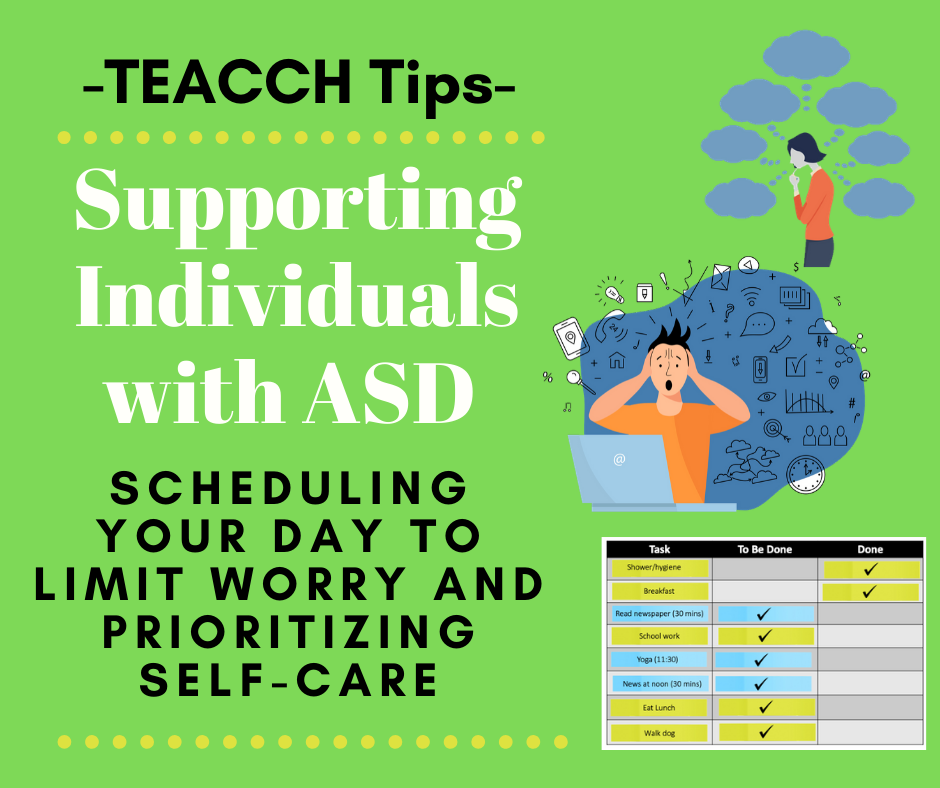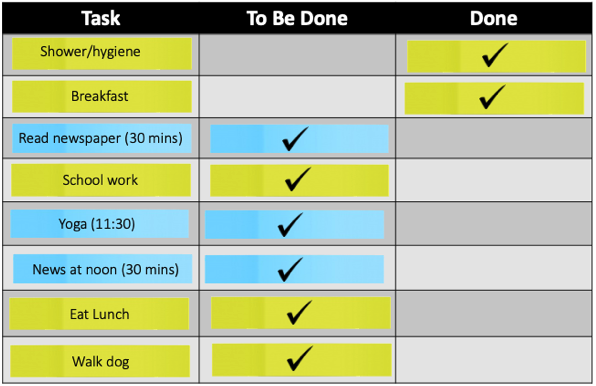![]()
 One of the most important lessons we have learned over the past year is the importance of flexibility. Our top priority has remained serving our clients and families while keeping them safe. The combination of flexibility and continued service has resulted in finding ways to provide telehealth services, which remains an option for our families for both evaluations and intervention services. In addition, we are able to provide in-clinic services with appropriate safety precautions and PPE. We remain committed to safety and making sure that we are meeting the needs of our families. We are vigilantly monitoring as updated protocols and guidelines roll out to ensure the safety of our patients, their families, our staff, and their families during these rapidly changing times.
One of the most important lessons we have learned over the past year is the importance of flexibility. Our top priority has remained serving our clients and families while keeping them safe. The combination of flexibility and continued service has resulted in finding ways to provide telehealth services, which remains an option for our families for both evaluations and intervention services. In addition, we are able to provide in-clinic services with appropriate safety precautions and PPE. We remain committed to safety and making sure that we are meeting the needs of our families. We are vigilantly monitoring as updated protocols and guidelines roll out to ensure the safety of our patients, their families, our staff, and their families during these rapidly changing times.


Rashad Saleem Carlson joined TEACCH as the new administrative support specialist at A&R on October 19, 2020. In this role, he provides executive support to TEACCH leaders as well as acting as the face (and voice) of TEACCH! Rashad also serves in the role of TSTEP project coordinator, in which he assists the TSTEP team by managing recruitment, referrals, and scheduling for the program. In addition to his TEACCH role, Rashad is also working on his Bachelor of Science in Business Administration at UNC-Chapel Hill. What he genuinely loves most about TEACCH is being the go-to person that everyone can depend on, and that the TEACCH family embraces him for who he is and actively and consistently appreciates all that he does for our program! Rashad is an active tennis player, ranking #32 in the national southern division and trained within the same academy alongside tennis Pro John Isner in Greensboro, NC. He is also an active member of the Occaneechi Band of the Saponi Nation, Inc. (Native American Tribe, Mebane NC.) When not working you can find Rashad studying, binge-watching the latest Netflix television series, and visiting or helping his mother whenever possible.

A new year can be a great time to pick up some new activities. Here are a few resources to help you get your body and mind ready for a wonderful new year:
- Autism Fitness
- Special Olympics NC: Health and Hoops Virtual workouts
- ARC University – various online programs including life skills, leisure & movement, cooking & the arts
Apps –
- Routinery – Helps you create and maintain productive routines
- CALM – Meditations, mindfulness, and more
- Headspace – Learn meditation and mindfulness skills
- The Mindfulness App – Professional, guided meditations
- Bright Notes – Write encouraging or kind notes to yourself for a later day.
- FLUID – Trace finger to make soothing patterns of color.
Other Options-
Check with your local Parks & Rec Department to see what options they may have.
Don’t forget about things that you already pay for such as Pandora, Spotify, Hulu, Netflix, etc. For example: Playing rain sounds or meditations through Spotify may be a good relaxation technique for some.
*This is not meant to be recommendations or an all-inclusive list. You can contact the Resource and Referral Specialist at your local TEACCH Center for more information and resources*
 TEACCH Tip # 10 – Scheduling Your Day to Limit Worry and Prioritize Self-Care
TEACCH Tip # 10 – Scheduling Your Day to Limit Worry and Prioritize Self-Care
These days, it can be challenging to remain calm while being inundated with news. It is easy to feel overwhelmed, stuck, and anxious as we wait for updates and the latest information. The constant unknown or ever-changing news makes some people feel like they do not have any control over their life. Creating and following a schedule provides predictability and a sense of control. Scheduling your day can be a helpful way to circumvent getting stuck in front of the television and instead establish a balance of activities that support your self-care and mental well-being.
This tip was written for a person who might be scheduling their own day but the same principles apply if a caregiver is scheduling another person’s day. For an individual who cannot read or write, you can try using pictures or simple drawings. Please refer to TEACCH Tips #1.
Try grabbing a sheet of paper and pencil and…
- Write in your “have-to-do” activities such as showering, brushing your teeth, meals, etc. If you have work to complete, build in chunks of time for productivity to complete these tasks.
- Then, incorporate at least two to three times (activities) each day that you are investing in your mental and physical health. These might be movement activities such as taking a walk, riding a bike, or yoga and/or hobbies or high-interest activities such as drawing, listening or playing music, writing, cooking, etc.,
- Next, decide on a few times during the day that you allow yourself to watch or read the news. Effectively, you are scheduling “worry time” so that it does not take over your entire day.
- Last, and certainly not least, many people find it helpful to schedule a time to practice gratitude and identify one positive thing about the day.

Helpful Hints:
- A schedule includes a balance of “have to do” activities (yellow post-it notes) as well as “like to do” (blue post-it notes) sometimes people like to use different colors to separate these activities as well as a balance of movement activities and quiet activities
- Have a way to mark off or indicate that an activity is complete. That sense of accomplishment gives one a sense of control over his/her life.
- When scheduling in “worry time” create a clear concept of finished. If watching the news, then select only one show or one station and if reading the news, then establish a set amount of time to read the newspaper or internet.
- Consider scheduling relaxation time each day. Please refer to TEACCH tips #2.
Want to see more TEACCH Tips? Click here
Caregiver/Client Corner Blog is brought to you by TEACCH’s Resource and Referral Specialists